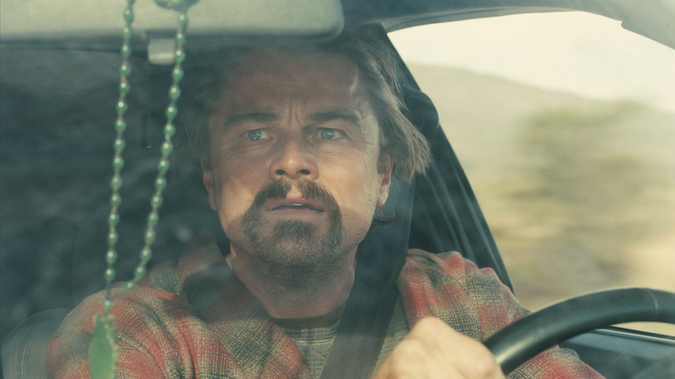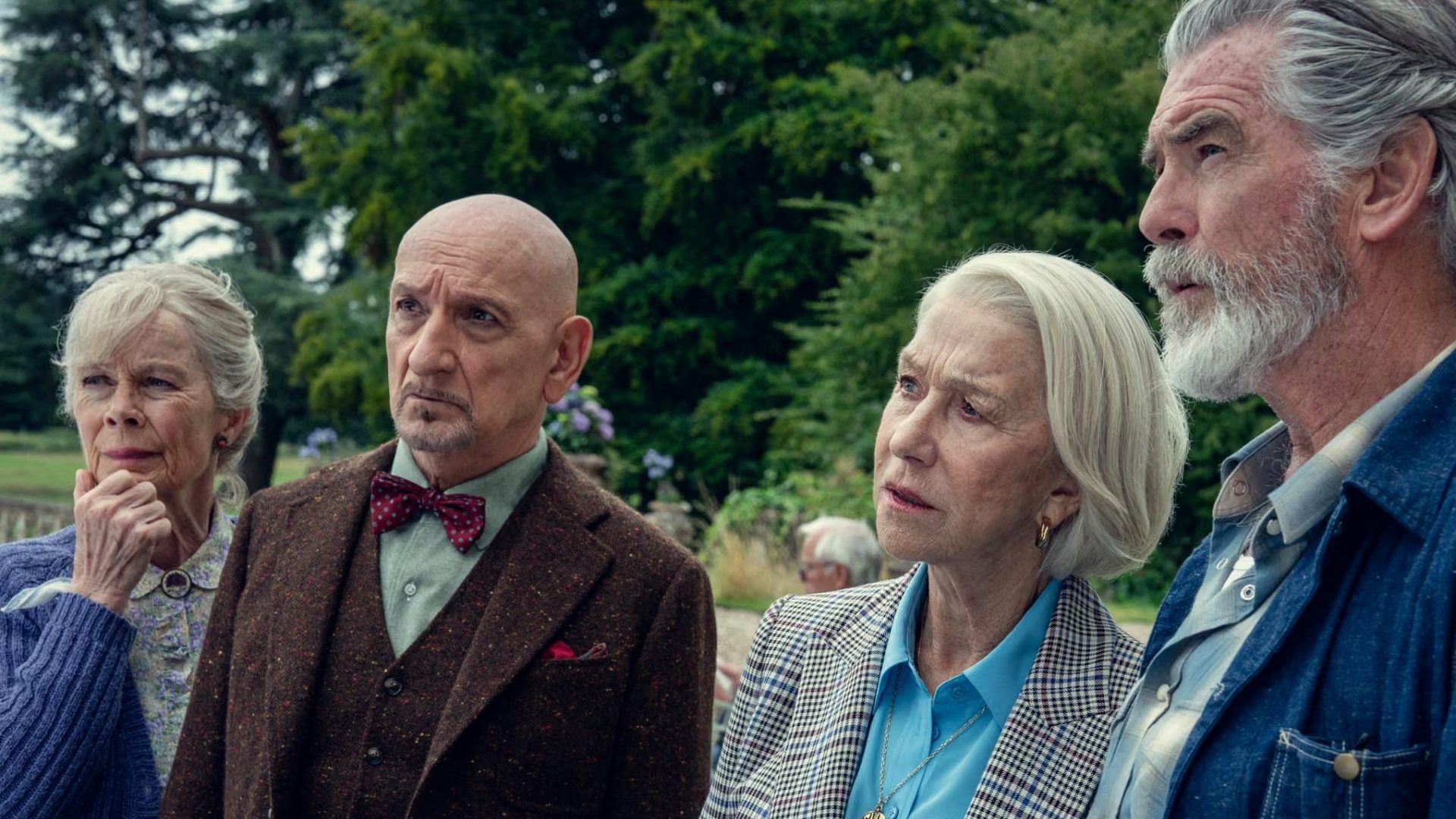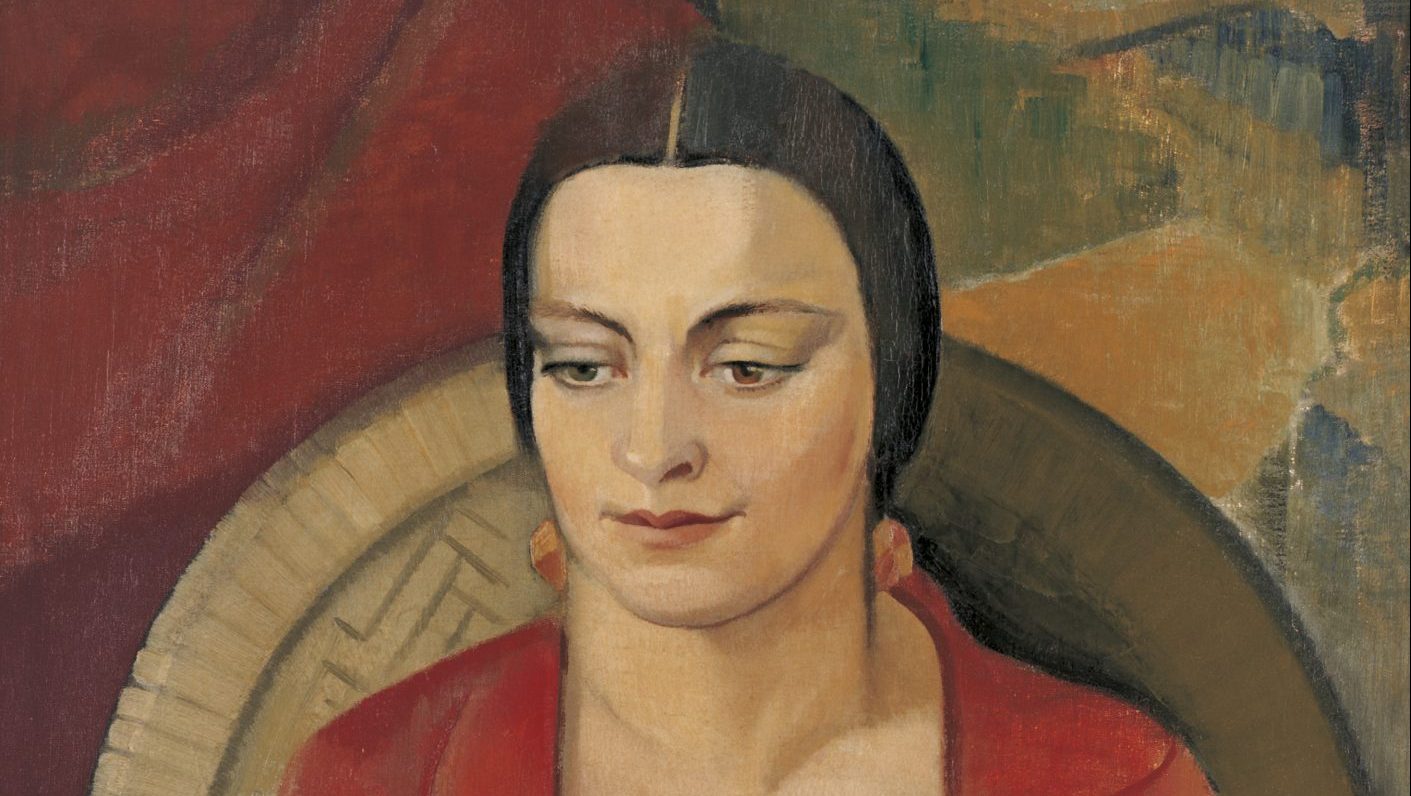Talking Heads had a song called Heaven. “Heaven,” they told us, was a place “where nothing/ Nothing ever happens”, a perpetual haven of stasis where, if you were one of the lucky ones, you got to spend your time in an unchanging paradise. Heaven, in short, was a care home in the sky – but not one of the nasty ones where they don’t change the flowers every day and the floors are made of fake linoleum, but a really expensive, posh care home, where the staff wear crisp uniforms and there is a library, and talks, and the grounds are opulent.
Such places exist: you can see them in books and movies and television shows. As the world’s population becomes increasingly geriatric, the grey pound becomes even greyer, and the media begins to cater for an elderly audience, who want to be reassured about that good night into which few of us go gently. So we get movies like Quartet and The Best Exotic Marigold Hotel, in which old people live out their remaining years in luxurious accommodations rather than the pensioner dumps of Bexhill and Budleigh Salterton.
But such media products lack drama and excitement: so a new genre was invented, one in which pensioners are not dodderers caged by their Zimmer frames, but feisty oldsters with still-applicable life skills. Movies like the OAP heist comedy Golden Years and books like John Niven’s excellent The Sunshine Cruise Company feature old people as silver-haired gangstas hitting back at the system through crime, wheelchair-bound but not jail-bound.
The most successful combination of cardigans and crime, however, was The Thursday Murder Club, a novel by former game show sidekick Richard Osman that featured a quartet of old people who solved murders for fun. There were sharply-drawn characters – former spy boss Elizabeth Best, retired trade union firebrand Ron Ritchie, finicky psychiatrist Ibrahim Arif and ditsy sweetheart Joyce Meadowcroft – and an undulating dynamic that switched between old school cosiness (the foursome live in a care home more luxurious than most National Trust properties) and modern crime tropes (drug dealers, car bombs, bitcoins). The latter is important, because the crimes in Osman’s books aren’t whimsical: unlike, say, the TV shows Only Murders In The Building or Inside Man, which also feature geriatric crime solvers, there’s a genuine sense of threat from Osman’s often psychotic villains.
The Thursday Murder Club was an immediate and massive hit, and it wasn’t hard to see why. Osman delivered strong characters and heart-revving plot, but also a dry sense of humour combined with a real compassion for his (mostly) elderly cast. Without wishing to sound patronising, he can write really well: and he makes us care about his characters, as well as letting us laugh at their foibles. And so the woolly-minded but warm-hearted Joyce balances out the ruthless and clinical Elizabeth, just as hot-tempered Ron is a perfect foil for Ibrahim’s reasoned approach to emotion.
Suggested Reading


Why One Battle After Another must win Best Picture
Sequels followed, each reinforcing the reader’s affection for the characters, and each moving their lives along: not for the residents of Cooper’s Chase the reassuring endlessness of a St Mary Mead. The members of the Thursday Murder Club suffer losses and become more infirm as time goes on: their children fall out with their parents, they get married and have children of their own. You don’t get Lord Peter Wimsey worrying he might have Parkinson’s but that sort of thing happens in a Richard Osman novel. One day, there will be no more Ron, no more Ibrahim and no more Elizabeth (although Joyce is probably immortal).
But for now there is book number four, The Impossible Fortune. It is possibly the most fast-paced of the series, as well as the funniest, and at times the most poignant. As ever, Osman is concerned with relationships, particularly family, and draws a set of characters both despicable and loveable, usually at the same time.
Despite being the fourth in the series, it is as fresh as ever (and is as good as the first book in Osman’s new series, We Solve Murders, which occupies a more glamorous world). This series could, and should, run and run for years to come.
The same cannot, sadly, be said for the recent movie of The Thursday Murder Club. Despite a strong script-writing team (Katy Brand, writer of the excellent Good Luck To You, Leo Grande movie) and Suzanne Heathcote, and a brilliant cast (Helen Mirren, Celia Imrie, Ben Kingsley and, oddly cast as Ron, Pierce Brosnan), it is a clunky film that relies on famous names and lovely settings (Cooper’s Chase goes from being a posh retirement community to an enormous palace resembling Downton Abbey or even – aptly since Harry Potter director Chris Columbus directed this film – Hogwarts) to fill up an empty vessel.
Characters are characterless (Joyce’s character seems to be entirely “woman played by Celia Imrie), exposition is rampant, and the quaint England card is played so much that it would not be a surprise if the killer turned out to be a teddy bear dressed as a Coldstream guard – and the really weird part is that some cast members seem to have been chosen because they’ve played the same role before: Jonathan Pryce reprises his Alzheimer sufferer from Slow Horses, while Helen Mirren is forced to endure a “You look like the Queen” Easter egg.
But we still have the books, which continue to be excellent, and the promise of more books. Richard Osman shows no signs of losing interest in his main squeeze, which is good news for all mankind. Heaven, it turns out, is a place where something happens, and that something is murder.
The Impossible Fortune is published by Penguin. The Thursday Murder Club is streaming on Netflix.
David Quantick is an Emmy-winning writer whose credits include Veep and Harry Hill’s TV Burp. His new book And Other Stories is published by Into Books



